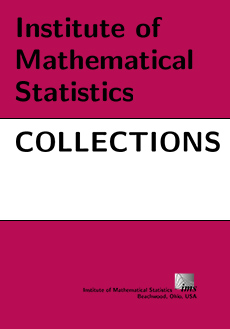Abstract
A quarter-century of statistical research has shown that census coverage surveys, valuable as they are in offering a report card on each decennial census, do not provide usable estimates of geographical differences in coverage. The determining reason is the large number of “doubly missing” people missing both from the census enumeration and from coverage survey estimates. Future coverage surveys should be designed to meet achievable goals, foregoing efforts at spatial specificity. One implication is a sample size no more than about 30,000, setting free resources for controlling processing errors and investing in coverage improvement. Possible integration of coverage measurement with the American Community Survey would have many benefits and should be given careful consideration.
Information
Digital Object Identifier: 10.1214/193940307000000464


